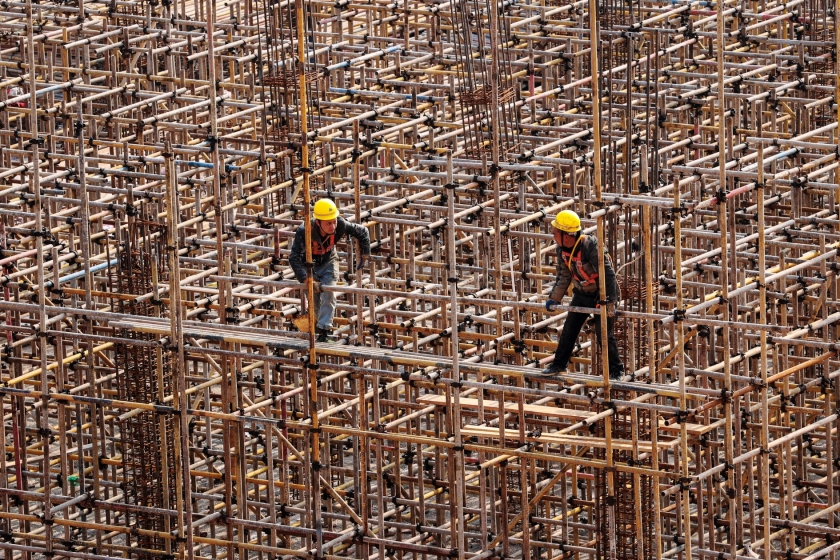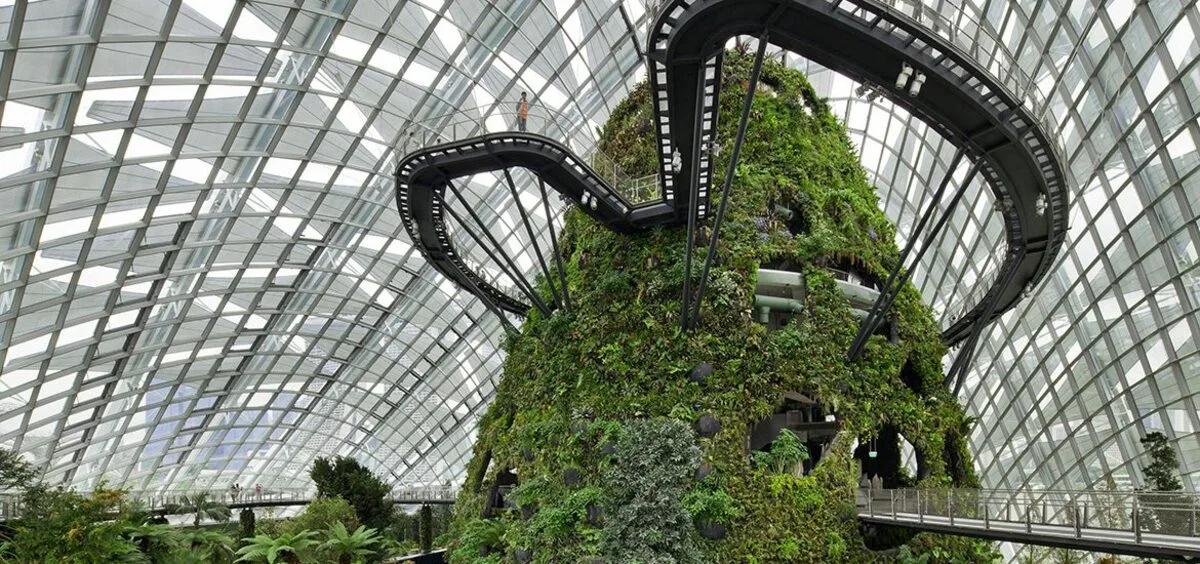As construction projects sprout rapidly worldwide, akin to the rapid urbanization seen in cities, experts warn that our current methods of building and maintaining structures are unsustainable.
This urgency is highlighted by a United Nations Environment Programme (UNEP) report revealing that energy-related carbon dioxide emissions from buildings hit an all-time high in 2022, contributing 37% of global CO2 emissions. The call to decarbonize the building sector is louder than ever, with the future of climate change mitigation hanging in the balance.
In 2022, $285 billion was invested in making buildings climate-friendly, yet this fell short of the required targets for 2030 and 2050.
Buildings and Their Carbon Footprint
The built environment, encompassing homes, offices, and recreational spaces, is a significant carbon dioxide emitter. This greenhouse gas contributes to global warming and climate change. The primary culprits behind these emissions are the vast amounts of energy buildings consume for heating, cooling, and lighting, and the energy-intensive production of construction materials like steel, cement, and glass.

Rising Emissions and Urgent Action Needed
Despite awareness and some measures taken, global building sector emissions rose by 1% from 2021 to 2022. This increase is comparable to adding 10 million cars to the roads, highlighting the sector’s deviation from the decarbonization targets set for 2050. Only 6% of the energy used in buildings in 2022 came from renewable sources, far below the 18% target for 2030 outlined by the International Energy Agency.
Decarbonizing Buildings: Strategies and Investments
Reducing emissions from buildings involves tackling both operational and embodied carbon. Operational emissions can be lowered by improving energy efficiency, adopting higher performance standards for new constructions, retrofitting existing buildings, using efficient appliances, and increasing renewable energy use.
Embodied emissions require a shift towards using fewer materials, repurposing existing structures, and opting for bio-based materials like timber and bamboo. Additionally, improving the carbon footprint of traditional materials by incorporating renewable energy in manufacturing processes is crucial.

Investment Gaps and the Path Forward
Achieving these goals necessitates substantial investment. In 2022, $285 billion was invested in making buildings climate-friendly, yet this fell short of the required targets for 2030 and 2050. Forecasts indicate a slight decrease in investments in 2023, emphasizing the need for increased financial commitment.
Government Actions and International Cooperation
Governments play a pivotal role in driving this transformation. Developing and enforcing climate action roadmaps, aligning building energy codes with zero-emission principles, and incentivizing decarbonization investments are critical steps.
Policies promoting the retrofitting of older buildings and reducing embodied carbon through sustainable practices and materials can make significant impacts. International cooperation frameworks, such as the Buildings Breakthrough and the Declaration de Chaillot, provide platforms for coordinated global efforts.
The buildings and construction sector stands at a critical juncture. With half of the buildings that will exist by 2050 yet to be built, there is an urgent need to adopt greener practices. Near-zero-emission buildings must become the norm by 2030 to avert the worst impacts of climate change.
By embracing comprehensive strategies and fostering international collaboration, humanity can steer the built environment towards a sustainable future, aligning with the goals of the Paris Agreement and safeguarding the planet for future generations.











































